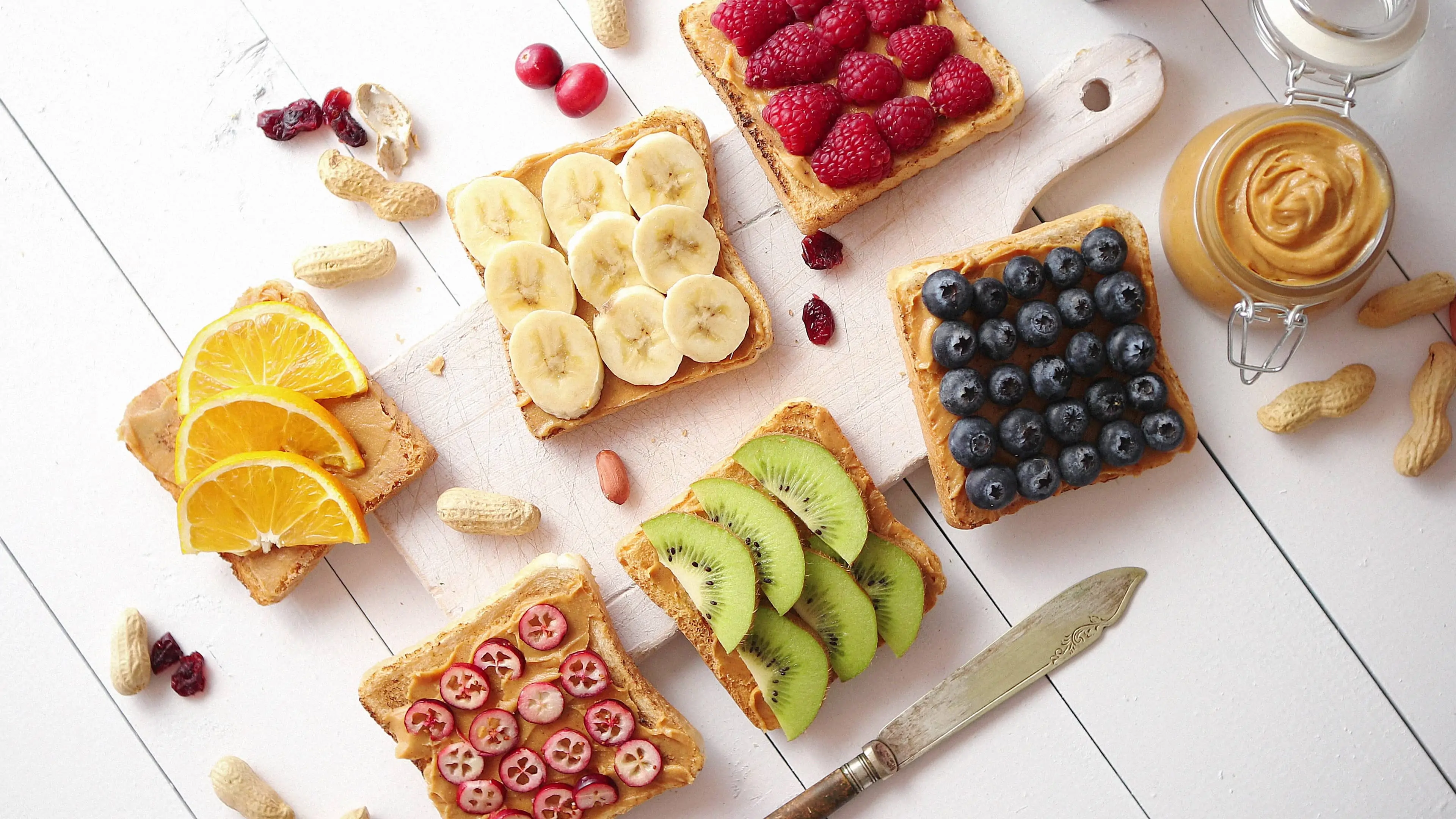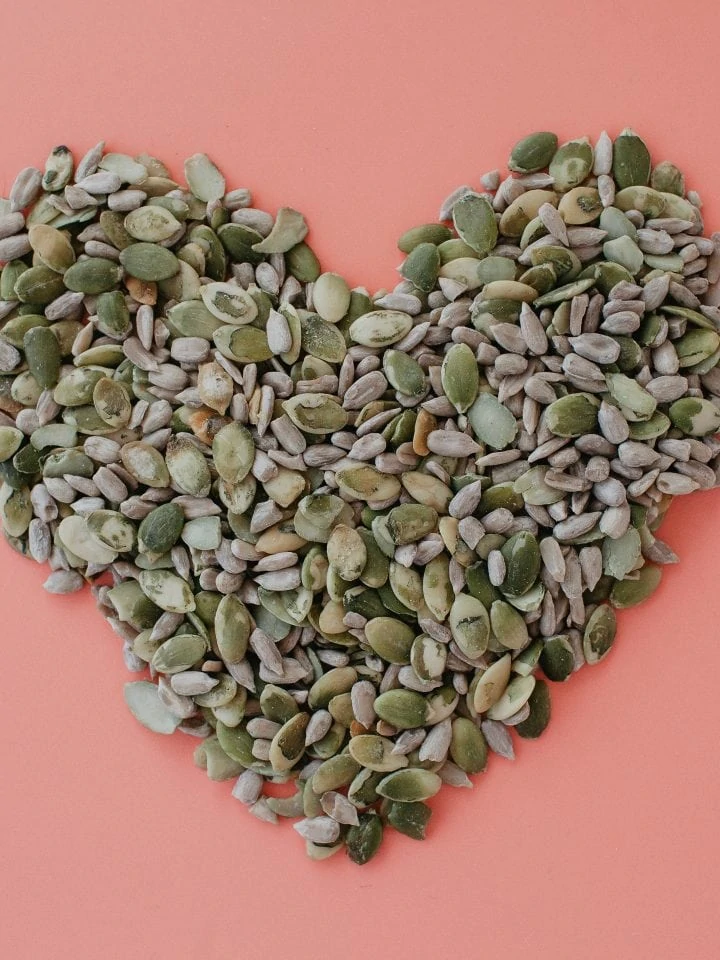We are what we eat. Since we are always in a rush, it is only common sense to eat what you can and stop worrying about what you could have prepared. Therefore, it is common in our times to feel sluggish and jittery, and numb after a take-away dinner. Although takeaways fuel our body for a few hours, they don’t do us any good, as proven by those cups of coffee people have to keep their body functioning after lunch. What we eat not only defines who we are but should also leave us satisfied and smiling. That’s where the concept of ‘prana’ comes into play. In this article, we will explore the term ‘prana’ and a list of high pranic foods.
What is prana?
The pranic system is a holistic system of health and medicine based on a philosophy of natural healing that originated in India over 2,500 years ago. The word prana means “breath” in Sanskrit and refers to the breath of life or vital energy that flows through every living thing. It is what keeps your body alive. It's also believed to be responsible for your emotions and thoughts. When your prana is strong, you're healthy and happy. When it's weak, you're susceptible to disease and depression.
The word prana refers to our life energy. It originates from ancient India, where it was known as one of four vital forces that gives life to all forms of existence on earth. Ayurveda (ancient medicine) translates it into three words: Vital Force or Vayu in Hindi, Prajna in Tibetan, and Pneuma in Greek. The Chinese refer to it as Chi or Qi.
What are pranic foods?
Aristotle once said there were two kinds of food: minerals for building strength and plants for nourishing health. This concept has been modified over time but still holds today because our bodies require both types of nutrients for complete nutrition. There are two different kinds of pranic foods, in addition to the following positive pranic food list. These are:
- Neutral pranic foods — Neutral pranic foods are believed not to affect your body except for making you feel numb and sleepy. It is a short list of foods, with tomatoes and potatoes being the primary suspects.
- Negative pranic foods — Negative prana foods are thought to deprive you and your body of vital life energy and health. They are considered low-quality fuels that you shouldn’t use on your body. Garlic, onion, caffeine, and tea are the most commonly consumed negative pranic foods.
The positive pranic foods

The pranic system’s perspective of an ideal diet is the complete opposite of our Western diet, in which the consumption of processed and genetically modified foods is preferred to establish an efficient distribution network and better time management. However, the results of this process are devastating; it has been proven that this approach leads to an increase in medical conditions such as obesity and diabetes.
Pranic food refers to food that contains an abundance of raw natural vitamins, minerals, enzymes, amino acids, antioxidants, phytochemicals, bioactive compounds, and other biologically active substances found naturally within fresh and wholesome foods. While the scientific evidence on the pranic approach is limited, it falls in line with the official dietary guideline of the USFDA.
When you consume these nutritious foods, your body absorbs its life force to increase your life energy. Therefore, they're also called 'life-giving' foods. They provide your cells with a healthy structure and function. Combined, they create harmony among themselves while supporting each other's functions.
The positive pranic foods are mostly complex carbs that include a good amount of fiber and protein to increase your overall body health, keep you full, and leave you satisfied. Here are some of them:
1. Fruits and vegetables (fresh and dried)
Fruits and vegetables are necessary for your overall health, as they can help prevent heart disease, cancer, and other chronic diseases. They also help to maintain a healthy weight and improve overall health.
Ash gourd
Also known as the ultimate positive pranic food, the ash gourd is a winter squash believed to have originated from Asia and is consumed primarily in India and China. It is also known as white pumpkin, winter melon, and kaddu. The ash gourd is a nutrient-rich vegetable that is low in calories and high in fiber. It is a rich fruit with vitamins A and C and minerals such as potassium, magnesium, and zinc.
Blueberries
Blueberries are a type of berry that’s native to North America. They grow on bushes and trees. They contain many antioxidants, which can help protect your body from free radicals that cause aging. Therefore, blueberries are high pranic foods, as they kindle your light by decreasing the aging process.
Spinach
When it comes to leafy greens, spinach should be at the top of your diet plan. Spinach is low in calories and has a lower glycemic index. It is high in beneficial nutrients like calcium, magnesium, and iron, which are needed to keep your body in the best shape possible. Spinach is also rich in carotenoid, a phytonutrient with powerful anti-inflammatory benefits. Spinach is easy to digest and contains a high amount of fiber.
Bananas
Consuming a banana does wonders for your body, as it is a nutritional powerhouse filled with necessary vitamins and minerals for your body. Although they are high in carbs, they make it up thanks to their potassium-rich nature. Bananas are the high-quality fuel the human body needs to keep functioning at a healthy level.
2. Legumes
It is not a coincidence that legumes are considered among the best positive pranic foods. Legumes like lentils, chickpeas, black-eyed peas, and quinoa contain high amounts of fiber, protein, iron, calcium, and magnesium. They are also a good source of protein, fiber, and essential vitamins and minerals. They contain phytonutrients and plant-based chemicals that promote good health by protecting the body against disease and helping maintain optimal function.
Lentils
Lentils are a type of pulse or the dried seed of a legume. They are a low-calorie legume and an excellent option for those concerned about their weight. Some of the lentils’ health benefits include decreased cholesterol levels, a better digestive system, and high amounts of protein.
Peas
Peas are an excellent, versatile food. They’re low in calories and contain a high amount of fiber. Peas are also rich in vitamin C, iron, potassium, manganese, and magnesium. Fresh green peas are generally considered very high in prana because they are still in their natural state and have not been processed or refined. Peas are also a good source of protein.
Chickpeas
Chickpeas contain more protein than any other grain and contain minerals like iron, zinc, magnesium, and fiber. Chickpeas are a great source of iron because they have a high amount of bioavailable iron and can easily be digested by the body. Chickpeas also have a lot of fiber, which helps lower cholesterol levels and keep your digestive tract healthy.
Quinoa
Quinoa is a seed that’s a pseudo-cereal grain. Quinoa has the complete amino-acids package while containing high amounts of fiber and protein. It has excellent nutritional value. It has three times the protein content of rice and twice the protein content of corn, making it one of the most nutritious grains on the market.
3. Whole-grains
The following whole grains are considered positive pranic foods as they are organically grown, nutritious, and abundant in vitamins and minerals. They will also keep you fueled throughout the day, as they do not cause sugar spikes in your blood.
Barley
Barley contains many different nutrients, including thiamin, niacin, vitamin B6, riboflavin, and folate, not to mention high amounts of fiber and magnesium. It is also proven that barley is effective against medical conditions like cancer. It can also help improve gut health and reduce inflammation.
Brown rice
Brown rice is a complex carbohydrate, which releases energy slowly into the body, and provides sustained energy throughout the day. It is also high in fiber which helps to keep us regular. Additionally, brown rice is a good source of essential minerals like magnesium, manganese, and selenium.
Millet
Millet is a type of small, round grain that is often used as a cereal. It is a nutritious food rich in protein, fiber, and iron; the three necessary items a food needs to be a positive pranic food. Millet is also found rich in antioxidants that will keep you healthy.
Oats
Oats have a low glycemic index that can help you feel fuller longer than other carbohydrates like bread or pasta. It should be noted that oats are a great source of fiber. The soluble fiber in oats can help lower cholesterol and keep you feeling fuller longer.
4. Nuts and seeds
Nuts and seeds considered high pranic foods include almonds, hazelnuts, walnuts, pistachios, cashews, macadamia nuts, peanuts, sesame seeds, flaxseed, sunflower seeds, and pumpkin seeds. They are rich sources of monounsaturated fat, distinguishing them from processed foods with high amounts of trans fat.
Peanuts
Peanuts are high in fiber and protein; therefore, they can help keep you regular by helping you feel full longer. Peanuts are low in fat but high in calories. They contain potassium (helps control blood pressure), copper (an element that allows your body to use iron), magnesium (helps maintain bone density), vitamin E (helps protect cell membranes), and manganese (helps build healthy bones).
Almonds
Almonds are a type of tree nut high in monounsaturated fats, fiber, protein, and vitamin E. It has been proven that almonds can lower cholesterol levels while increasing your vitamin E levels. Almonds are also a good source of minerals such as magnesium and calcium.
Hazelnuts
Hazelnuts are a type of tree nut originating from the Mediterranean and the Balkans. They contain high amounts of protein and healthy fats and are rich in antioxidants that protect you against disease. Hazelnuts also contain reasonable amounts of vitamin E that will help to protect your skin and hair. They are high in monounsaturated fats, which can help reduce the risk of heart disease.
Conclusion
The pranic system, which originated in ancient India, believes that every human carries prana as a source of life, and this can be either fueled or weakened, depending on what we eat. The foods that weaken our prana are called negative prana foods, and the foods that strengthen our prana are known as positive prana foods.
The high prana foods list includes whole grains like oat, barley, millet, nuts and seeds like almonds, peanuts, and hazelnuts, fruits and vegetables like bananas, ash gourd, and spinach, and legumes, which include lentils, peas, quinoa, and chickpeas.

A writer passionate about wellness, nutrition, and intentional living. She creates engaging, research-based content that empowers readers to live healthier lives. Through every article, she brings clarity, inspiration, and a touch of everyday practicality. Read more about Juliana.







Comments
No Comments